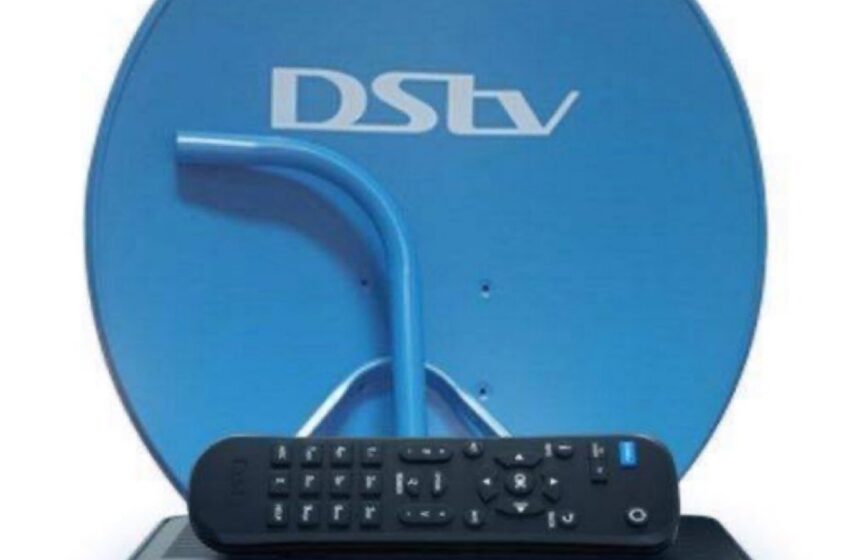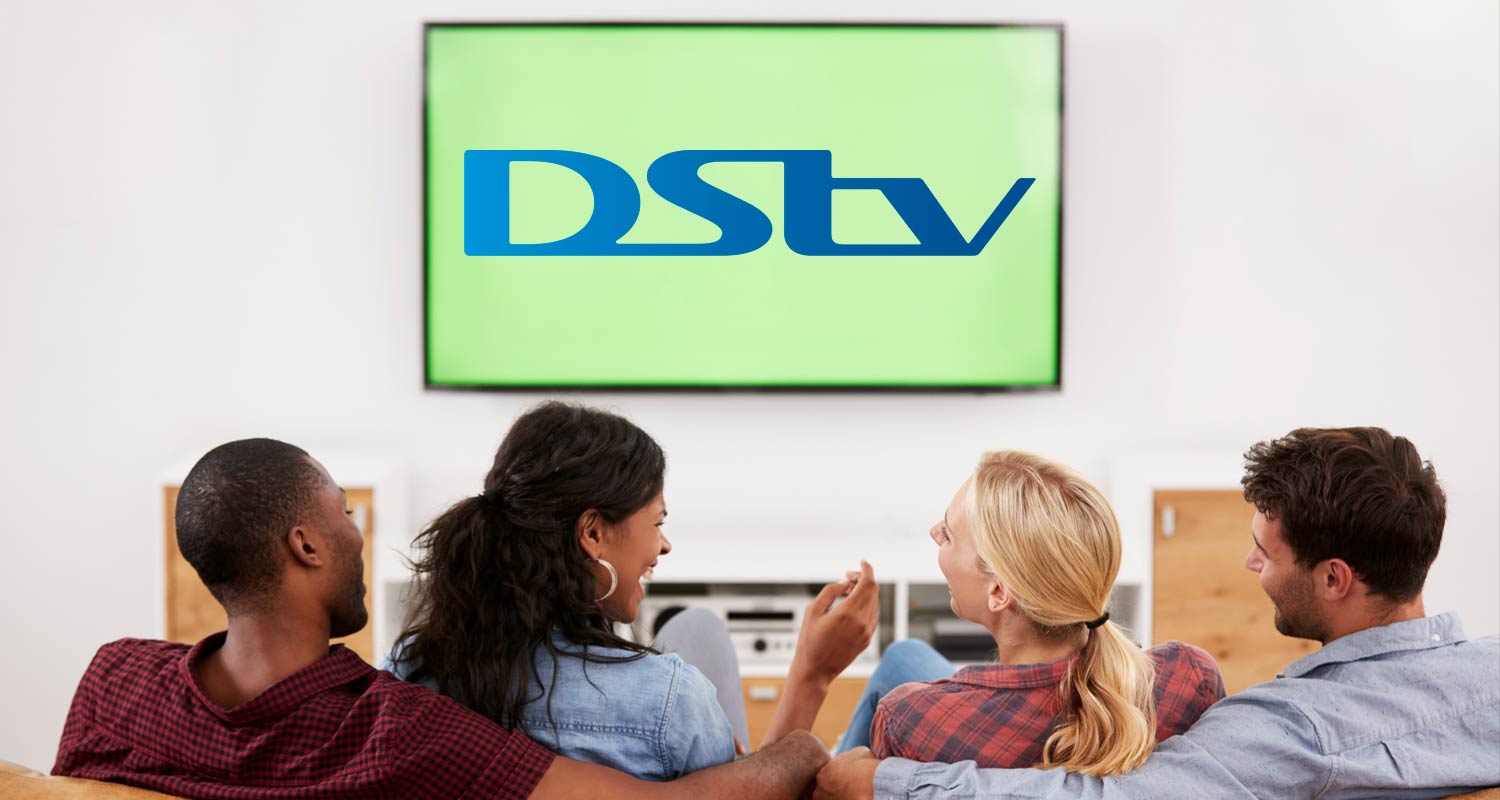MultiChoice in crisis: Price cuts, subscriber exodus, and the battle for relevance

Multichoice Nigeria faces a major regulatory storm as it grapples with a ₦766m data privacy fine amid dwindling subscriber numbers and rising consumer discontent.
Once Africa’s pay-TV leader, MultiChoice is now navigating its most turbulent period in years. Facing major financial setbacks, subscriber losses, and an evolving digital market, the company has taken a string of defensive actions — from cutting decoder prices to shifting focus toward streaming. But do these moves signal a turnaround or deeper distress?
Below is a breakdown of the key developments.
Decoder Price Cut: A Strategic Survival Move
In a move that surprised many, MultiChoice Nigeria slashed the price of its DStv HD decoder by 50%, dropping it from ₦20,000 to ₦10,000. The campaign, dubbed “We’ve Got You”, is running from mid-June through July 31, 2025. It also offers a free one-month subscription to the Compact package. The decision is widely seen as a response to declining subscriptions and the need to make DStv more affordable amid Nigeria’s economic difficulties. It is a clear signal that MultiChoice is urgently trying to woo back price-sensitive customers.
Massive Subscriber Losses in Nigeria and Beyond
MultiChoice is grappling with a significant decline in its customer base. Between March 2023 and March 2025, Nigeria alone accounted for the loss of 1.4 million subscribers, which represents over 77% of the total customer drop across its “Rest of Africa” market. The six-month period ending March 2024 also saw a loss of 243,000 Nigerian subscribers, driven by inflation, reduced disposable income, power supply issues, and competition from cheaper or pirated entertainment platforms.
Revenue and Profit Plunge as Pressure Mounts
The company reported a 49% fall in trading profit for the year, dropping from ZAR 7.3 billion to ZAR 4 billion, while total group revenue fell by 9% to ZAR 50.8 billion. In Nigeria, revenue declined even more sharply — a 44% drop — as currency devaluation and falling subscription renewals took their toll. MultiChoice also swung to a headline loss of ZAR 800 million, compared to a profit the previous year. These figures clearly show a company under severe financial strain.
Showmax Growth Offers Hope but Still Bleeds Cash
MultiChoice has pinned some of its hopes on Showmax, its streaming arm, which was relaunched in partnership with NBCUniversal. Showmax saw a 44% rise in paying subscribers over the past year. However, the platform is not yet profitable. It recorded a staggering ZAR 2.3 billion loss for the same financial year, raising concerns about sustainability. While Showmax is gaining market share, it’s doing so at a high cost — one that MultiChoice may struggle to afford in the short term.
READ ALSO
MultiChoice, MTN Group… top 10 African businesses owned by South Africans
10 things MultiChoice can do amid rising subscriber loss
MultiChoice history: From Pay‑TV pioneer to facing digital disruption
MultiChoice cuts DStv decoder price by 50% to attract subscribers
MultiChoice 50% price cuts: Has Satellite TV era come to an end?
John Ugbe, other top MultiChoice executives set to be arraigned, see reason
From over N15k to N12k — how MultiChoice reversed DStv, Gotv prices after backlash
Full list: Multichoice increases DStv, GOtv subscription prices… see new rates
Canal+ Acquisition: Lifeline or Last Resort?
MultiChoice is currently the subject of a pending acquisition by French media giant Canal+, which now owns more than 45% of the company. The deadline for final regulatory approval has been extended to October 2025. Some see this as a much-needed capital injection and a chance to scale, while others worry it signals a loss of autonomy. Canal+ itself has projected no revenue growth for 2025, casting further uncertainty on whether the merger will deliver the turnaround MultiChoice desperately needs.
A Business Model Under Threat
At the core of MultiChoice’s troubles is a business model struggling to adapt. Its reliance on traditional pay-TV is increasingly unsustainable in an era dominated by streaming, mobile content, and flexible viewing. With customers demanding lower prices, on-demand content, and seamless streaming experiences, MultiChoice must now evolve or risk irrelevance. Its pricing structure, rigid bouquet system, and reliance on satellite infrastructure are no longer competitive in key markets.
What the Future Holds for MultiChoice
MultiChoice’s next steps will be critical. The company will need to:
-
Expand local content offerings to appeal to regional audiences.
-
Develop flexible pricing and mobile-friendly viewing options.
-
Accelerate digital transformation while managing operational costs.
-
Navigate the Canal+ deal with transparency and strategy.
How the company responds to these challenges will determine whether it stages a comeback — or becomes a cautionary tale in Africa’s fast-changing entertainment industry.



